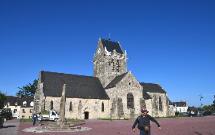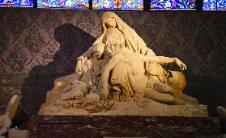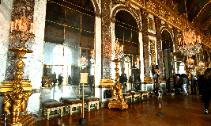copyright moomoonews all rights reserved 2022


| BAYEUX Home to the Bayeux Tapestry Graphically Explaining the Norman Conquest of England 1066 October 20, 2022 |
| COWTALES |

moomoonews
WELCOME TO moomoonews COWPEN PAGE

There is a cowtale which since the beginning and for a
long time was only shared by and only told amongst
the cows themselves. The cowtale speaks of the time
when God was still busy creating Heaven and all that is
under it. Because God is God, God created a perfect
cow meadow. After a while, God ended up regretting
to have overdone it. To make amends,God created
moomoocow and stuck moomoocow in the cow
meadow. moo moo moo.
long time was only shared by and only told amongst
the cows themselves. The cowtale speaks of the time
when God was still busy creating Heaven and all that is
under it. Because God is God, God created a perfect
cow meadow. After a while, God ended up regretting
to have overdone it. To make amends,God created
moomoocow and stuck moomoocow in the cow
meadow. moo moo moo.



















| BAYEUX Home to the Bayeux Tapestry Graphically Explaining the Norman Invasion of England 1066 October 20, 2022 |
| Moomoo notes: This panel section shows King Harold seated on the throne . The final scenes of King William on the throne of England after the Battle of Hastings are missing from the original 230 feet of embroidery. An imagined reconstruction was completed in 2012. |

| Moomoo notes: This "original" scene tituli "Et fuga verterunt Angli" (“And the English left fleeing”) is believed to have been added in the nineteenh century. |

| Moomoo notes: This panel section bears the penultimate titulus, "Hic Harold Rex Interfectus" (“Here King Harold is slain”). It shows the death of King Harold from an arrow piercing his eye (see figure on the extreme right). The depiction of the arrow is controversial because it shows signs of being embroidered in at a later date, alhtough the marks on the fabric do indicate an earlier stitching. |
BAYEUX CATHEDRAL (Cathédrale Notre-Dame de Bayeux) 1077
BAYEUX TAPESTRY MUSEUM
| L'AMOUR OU LES CONVOITISES? |
| LES MORTS |
| The Bayeux Tapestry is embroidered on cloth that is 20 inches tall and totals 230 feet in length. The tapestry depicts the events around the invasion and conquest of Saxon England in 1066 by William, Duke of Normandy. The tapestry preserves the claim that King Edward the Confessor of England had promised the throne to William. After the death of Edward, the throne was but taken by Harold Godwinson, brother-in-law of the late King. To make good his claim, William raised an army of knights and retainers, built ships, crossed the channel, and killed Harold on October 14, 1066 at the Battle of Hastings. The tapestry was completed in England a few years after the conquest. It was rediscovered at the Bayeux Cathedral where it was displayed until relocated to the Bayeux Tapestry Museum. |
First Nine Panels of the Bayeux Tapestry




| WILLIAM THE CONQUEROR A Self Made Man |




























